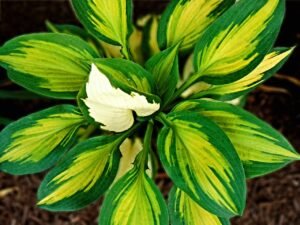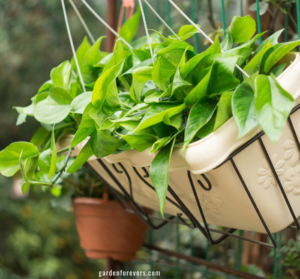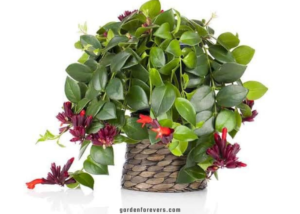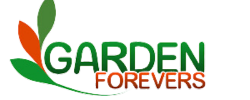How to Grow and Care for Chinese Celery Plant in Your Garden
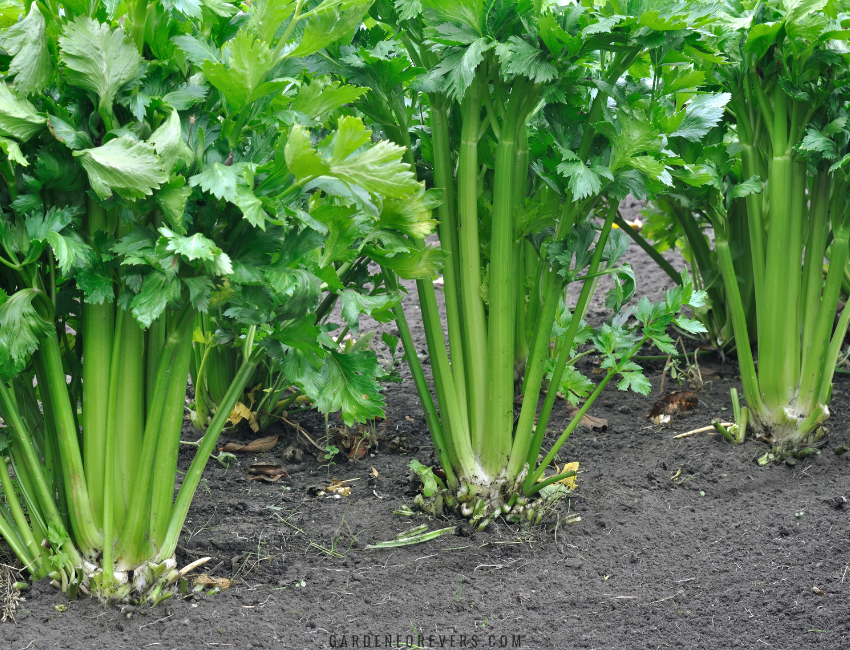
Chinese Celery is a wetland plant belonging to the Apiaceae family. This vegetable originates from the Mediterranean region and is native to the Middle East. Chinese Celery has been used as an herb and spice, as well as a Vegetable in food, since ancient times. It is mostly cultivated in Chinese, Europe, and some parts of south asia. In the United States, its fresh leaves are well-known for increasing appetite. Its leaves, stems, and underground parts are used for consumption.
Celery stalks contain a lot of water and fiber. Due to its low-calorie content, it helps in weight loss. Chinese Celery is very effective in replenishing calcium deficiency in the human body. Additionally, it contains vitamins A, C, K, potassium, folate, and antioxidants. Because of its numerous benefits, celery is very popular worldwide. It is generally used in salads and stews, adding novelty to the dishes. Furthermore, it can significantly enhance the flavor of fish and meat dishes. Due to its nutritional value, celery can be considered a superfood.
You can grow chinese celery at home, which will benefit your health if added to your diet. This article provides a guide on how to grow and care for celery.
How To Plant Chinese Celery
Chinese Celery prefers cool and temperate weather. Therefore, sow celery seeds at the end of summer or the beginning of spring, and transplant seedlings in autumn. You can also sow seeds in autumn. Planting times depend on your local climate.
Selecting a Planting Site
For Chinese celery cultivation, choose a flat area with full sunlight. The soil should be moisture-retentive and well-drained. If space is limited or you don’t have flat land, you can grow celery in pots on your roof or courtyard. Select a tall pot with drainage holes.
Spacing, Depth, and Support
Chinese Celery plant seedlings so that their leafy and stalk parts remain above the soil surface, with about 15 cm visible. The roots should go about 2 feet deep, and the soil depth should be 12-15 inches. Space seedlings 9-12 inches apart in rows or blocks, with each row spaced 2-2.5 feet apart.

Chinese Celery Care
Light
Chinese celery requires full sunlight. Place the plants in a location that receives 6-8 hours of sunlight daily. Provide shade during the hottest part of the day to protect the plants.
Soil
Chinese celery prefers nutrient-rich soil. Prepare the soil by mixing compost and leaf mold. Ensure good drainage, and maintain a soil pH of 5.8 to 6.8.
Water
Chinese celery plant cannot tolerate drought. Water the plants regularly, ensuring the soil does not dry out. Adequate watering is essential for good-tasting celery.
Temperature and Humidity
Chinese celery is a winter vegetable and cannot tolerate high temperatures. Excessive heat causes the leaves to curl. Ideal growth occurs at temperatures between 15-21°C (59–69.8°F). Maintain moist soil at all times.
Fertilizer
Before planting, mix dry cow dung into the soil. Add a small amount of urea and nitrogen to the planting holes. Apply 1/4 cup of nitrogen fertilizer per 10 feet of row 4-8 weeks after planting.
Pollination
Chinese celery is self-pollinating through insects like bees. Hand pollination can also occur in some cases.

Harvesting
Chinese Celery can be harvested 140 days or 4 months after planting. When the stalks reach 6 inches, cut them. The outermost stalks are best for cooking, while the inner stalks can be eaten raw. Use sterilized tools for cutting to avoid harming the plants. Store leaves in the refrigerator for up to 2 weeks in a well-sealed bag.
Growing chinese celery in pots
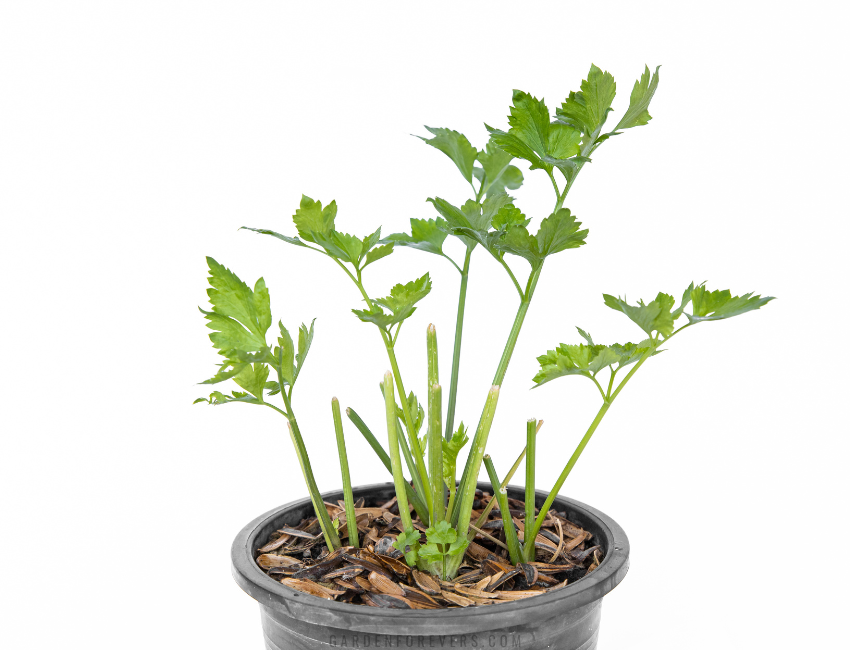
For growing celery in pots, choose a pot 12 inches wide and 8 inches deep. A single seedling can grow in such a pot. Ensure proper drainage and prepare the soil with compost. Place the pot in a location that receives 6-8 hours of sunlight daily. Water regularly to keep the soil moist but not waterlogged.
Pruning
Chinese Celery does not require extensive pruning. Remove any damaged or decaying leaves. Harvest stalks and leaves as needed for your diet.
Propagating Chinese Celery
To propagate celery from stalks:
- Select a healthy, disease-free stalk.
- Cut the stalk 2-3 inches from the base.
- Place it upright in a shallow container with 1 inch of water.
- Keep it in a bright, airy location.
- Change the water periodically.
- After 7-8 days, roots will appear.
- Once roots are 1-2 inches long, transplant them into prepared soil.
How to grow chinese celery from seed
Growing Chinese celery from seed has been a rewarding experience for me, and I’m happy to share what worked:
Pre-soaking Seeds: I started by soaking the seeds in warm water overnight. This helped soften their tough coating and sped up germination.
Sowing and Covering: I sowed the seeds about 3 mm deep and lightly covered them with soil. Keeping the soil consistently moist (but not soaked) was key.
Ideal Temperature: Maintaining a soil temperature of 21-25°C helped a lot. I used a heat mat to keep the temperature stable, especially in cooler weather.
Germination Patience: It took around 14-21 days for the seeds to germinate, so patience was essential.
Transplanting: When the seedlings were 5-10 cm tall, I transplanted them, spacing them 9-12 inches apart with 2-2.5 feet between rows.
Sunlight and Soil: I planted them in a sunny spot with fertile, well-draining soil enriched with compost. This provided a good start for healthy growth.
Watering and Maintenance: Regular watering kept the soil moist, and a layer of mulch helped conserve moisture.
Fertilizing: Occasionally, I applied a balanced fertilizer to keep the plants nourished.
Potting and Repotting Celery
Choose a pot 8-10 inches wide for planting. Ensure proper drainage. Prepare the soil and plant the seedlings. Water lightly and place in a bright, indirect light area for a few days. For repotting, choose a pot 2-3 inches deeper and follow the same process.
Overwintering
In extremely cold weather, cut the stalks leaving 1 inch above the soil. Cover the plants with straw or leaves to protect them from frost. Alternatively, use cold frames or hoop houses. Water occasionally, ensuring good drainage.
Common Problems
- Bacterial Leaf Spot: Causes brown spots on leaves. Remove affected parts.
- Bitter Taste: Caused by slow growth or delayed harvesting. Ensure regular watering and timely harvesting.
- Bolting: Premature flowering due to adverse weather. Avoid extreme temperatures.
- Downy Mildew: Causes grey-brown spots. Remove affected parts and use fungicides.
- Damping Off: Caused by soil-borne fungi. Avoid soggy soil.
- Slugs and Snails: Eat young leaves. Remove them manually.
Types of Celery
- Green or Pascal Celery: Common in the United States, thriving in USDA zones 2-10, and maturing in 105-130 days.
- Golden Boy: Short stalks
- Tall Utah: Long stalks
- Conquistador: Early maturing
- Monterey: Even earlier maturing than Conquistador
- Self-blanching or Yellow (Leaf Celery): Known for its fragrant leaves and thin stalks, thriving in USDA zones 5a-8b.
- Per Cel: Developed in the 18th century
- Safir: Crispy, pepper-like leaves
- Flora 55: Resistant to bolting
- Celeriac: Grown for its edible roots, maturing in 100-120 days in USDA zones 8-9.
- Brilliant
- Giant Prague
- Mentor
- President
- Diamante
FAQ
1. How many seeds can be planted in one hole?
- Ans: You can plant 2-3 seeds in one hole, but not all may germinate.
2. What is the suitable climate for celery cultivation?
- Ans: Celery grows best at temperatures between 15-25°C. Flowers bloom in cooler weather.
3. Is it easy to grow celery?
- Ans: Growing celery is easy with regular watering and nutrient-rich soil. Bitter and tough celery is more suitable for livestock.
4. How long to grow chinese pink celery
Chinese pink celery takes about 85-120 days to grow from seed to harvest. Expect 14-21 days for germination and around 60-90 days after transplanting to reach full maturity. Keep soil moist and ensure full sun for best results


